In Praise of the Solid Citizen
They may fly under the radar, but they are the lifeblood of a well-run organization.
In the overrated Will Ferell movie Talladega Nights (a rare miss for Adam McKay), Ricky Bobby’s degenerate dad Reese tells him growing up “If you ain’t first, you’re last.” This all-consuming, winner-takes-all attitude ends up ruining Bobby’s career and his father later admits he was high as a kite when he said it and it probably shouldn’t be the family mantra anymore. Letting go of it opens doors for Bobby and the rest of his family.
But the mentality seems to still permeate corporations. The attention is on high performance and the ones driving it (and those who end up being distractions.) Everyone is trying to climb the corporate ladder, to hit their numbers, to be first so they’re not last. But there can only be one person in first - what about the rest of the company’s workforce? Those stalwarts who put in the hours and create quality work product but may not necessarily be C-suite material (or, frankly, want to even be in the C-suite)? The folks who understand what their job is, execute well and want to see the company do the same? These crucial components of your company are the solid citizens.
Wait, Work Isn’t Everything?
One of the defining characteristics of the solid citizen is their desire for a work-life balance. They still want raises and promotions, but they understand the tradeoff between having a life outside of work and how quickly one races up the corporate ladder. They also have more of a team mentality than a company’s rockstars, who have as much of an eye on their own image and success as the company’s.
You might also find these folks as content in the individual contributor space versus clamoring for increasing managerial responsibilities. And as we’ve spoken about on this very newsletter, that’s to be encouraged as opposed to trying to fit them into a one-size-fits-all career trajectory. Someone with institutional knowledge, a proven track record at work, and a desire to contribute to the company at large? That is a segment of your working population you need to nurture instead of neglect.
According to Tom DeLong (from whom I first learned of the solid citizen theory), not only are these stalwarts crucial to a company, they are most of the employees in most companies.
And if we take last week’s newsletter at face value, if these solid citizens are most of the company, then they probably have an outsized effect on the culture of that organization. But these are also the workers most taken for granted. Why?
Laughing with the Sinners, Crying with the Saints
The unfortunate fact of the matter is that the solid citizens aren’t given enough attention at work by the mere fact that they are, well, solid citizens. They’re delivering good work product, they’re not complaining or causing drama, they’re contributing positively to the culture. It is because of all of these things that they’re flying under the radar.
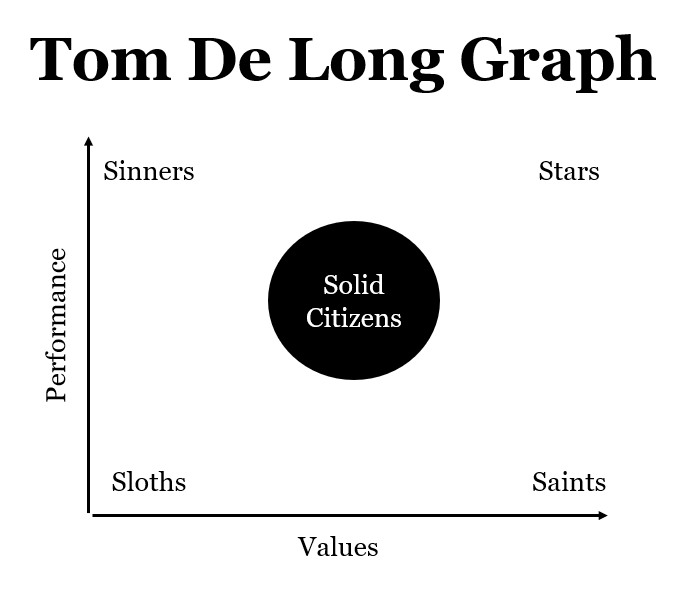
While solid citizens are crucial to the organization, management is focused on financials and distracted by the sinners and saints. Not because they necessarily want to be, but because these are the folks driving the toxicity that needs to be dealt with (or contained if leadership wants to punt the problem) to avoid poisoning the rest of the corporation.
Let’s start with the saints. Their performance is lacking (sometimes overtly so), but they have enough relationships within the organization with the right people and externally with customers (especially in the client services field) that they stay off the chopping block. These are probably the most dangerous kinds of employees to an organization because the rest of the organization begins to resent them and see that performance isn’t necessarily a driver of success at the company and instead begin to believe that bullshitting is.
Then there are the sinners. These are the people crushing their quarterly numbers year after year, but (and there’s really no other way around it) they’re complete assholes. They treat others poorly and then use their work performance as the air cover needed when someone tries to hold them accountable. While these people are very bad for an organization, it’s not as bad as the saints because at least they’re contributing to the company, which is usually how they stick around for so long at some places.
The stars and sloths are relatively easy. Sloths simply need to be cut out of the organization. The stars need their ego stroked every now and then, but are relatively easy because they tend to drive themselves to excel. You can more or less put these two on autopilot (PIP the sloths, let the stars know they’re god’s gift to business) and be okay.
Keep Your Solid Citizens Solid
It’s very likely that identifying the solid citizens in your organization isn’t necessary because it has already been done. In fact, many HR talent boxes identify solid citizens right in the bullseye of the grid.
While they may have been identified in reviews, it’s important to understand what solid citizens are not. They are not mediocre employees (that would be the Low Performer/Medium Potential employees.) In fact, this is one of the stigmas in a 9-box review system - anything outside of Strong/Star Performer is considered bad. But that’s a “If you’re not first, you’re last” mentality. It didn’t work for Ricky Bobby and it doesn’t work for companies and their employees.
This is where a bit of reflection is helpful for organizational leaders. Think back on the most recent annual review (helpfully they usually happen in January so it should be fresh) and think about where you spent most of your time. Was it ensuring the solid citizens had everything they needed to remain the loyal contributors to the company that they are? Or was it on the high performers and the laggards?
If it’s the latter, then you’re off the mark - and it could be for one of two reasons. The first being you’re ignoring the consistent drivers of the organization in favor of the those potentially weighing it down. The second reason you might be doing this is because you don’t have that many solid citizens compared to sinners and saints, in which case the organization has a much larger, fundamental problem than focusing on the wrong employee segment.
Grab Bag Sections
WTF The Fens: I was absolutely blown away by the news reported in the WSJ that the Fens neighborhood in Boston was not only one of the priciest in Massachusetts but was one of the most expensive across the country. Growing up, the Fens wasn’t a place you were hanging out in if you were looking for luxury. It was better known for Popov and Mad Dog enjoyed by underage kids under a bridge in the bucolic yet rundown, Olmstead-designed Emerald Necklace than it was for Rolex and Cartier shops and whatever the Vue is.
Massachusetts, like a lot of states, is having a housing crisis. It has passed a law that “MBTA communities” need to build denser housing (and it has caused an absolute uproar among the NIMBYs that dominate the Boston suburbs.) Now, I’m not saying high school kids drinking awful booze in a park is what you want in a neighborhood, but there has to be a middle ground that doesn’t lead to what we’re seeing in the 02115 (don’t call it that.) Maybe the MBTA commuter law will help Massachusetts get there.
Album of the Week: I promised a few weeks ago to get Jaheim on here, and we are going to deliver. Let’s head over to New Jersey for this week’s album.
Still Ghetto is Jaheim’s second and is considered his best work and it certainly can be pointed to as the peak of his career. Despite the label trying to get some Jersey rappers some exposure (the intro and outro have lackluster rap features), they let Jaheim cook for the rest of the album and I’m here for it. “Diamond in the Ruff” (No I.D. gets a producer credit on this one), “Fabulous” (absolutely fire children’s choir background), “Let’s Talk About It” (I am a sucker for chipmunk soul samples, this one from soul singer Bessie Banks’s “Try to Leave Me If You Can”), and “Tight Jeans” (it was a law in the 90s/00s that R&B songs with jeans in the title had to slap) are all standouts.
And then there’s “Put That Woman First.” If you asked me what the quintessential R&B song was in that era, this is a very strong contender. It brings the braggadocio of income that you get in rap, it strongly features rims and ice, and drops an All-Star Weekend mention. What a time to be alive.
Quote of the Week: “This city is what it is because our citizens are what they are.” - Plato
See you next week!





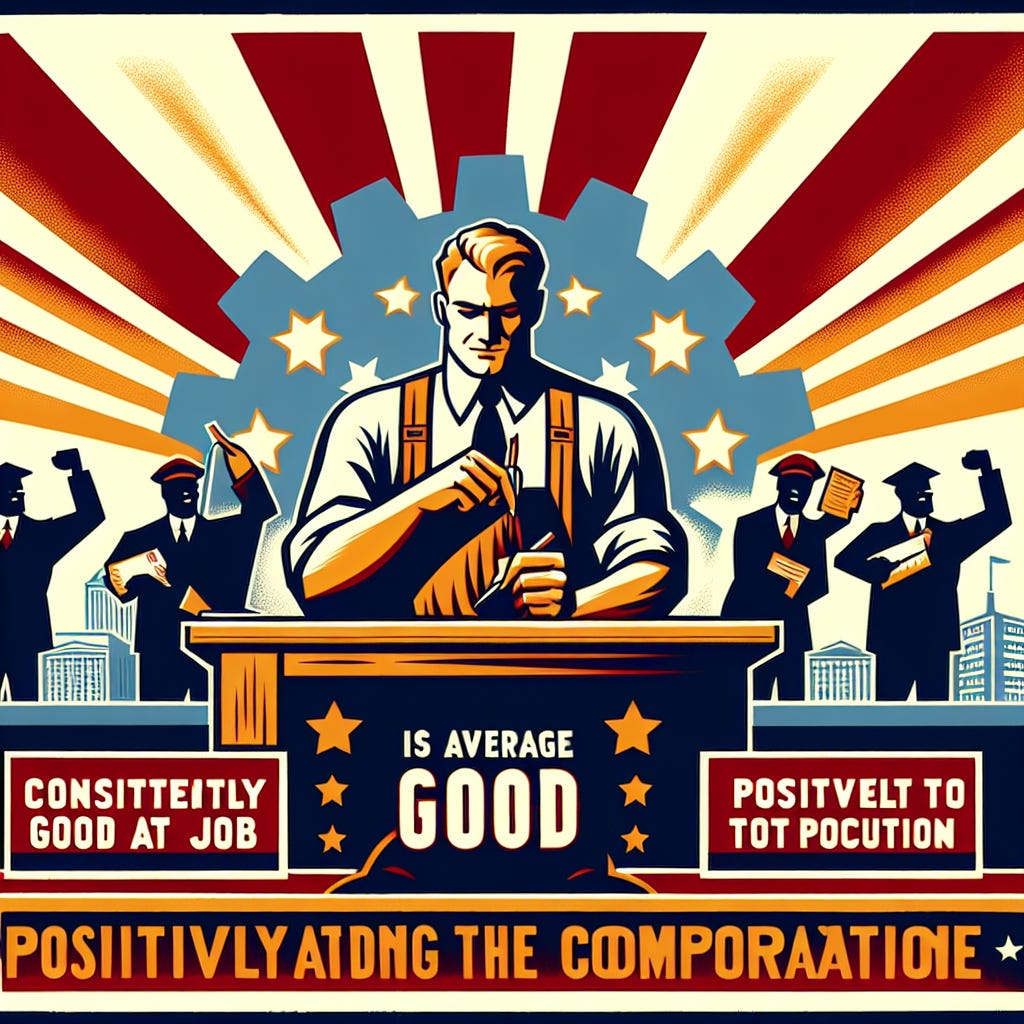
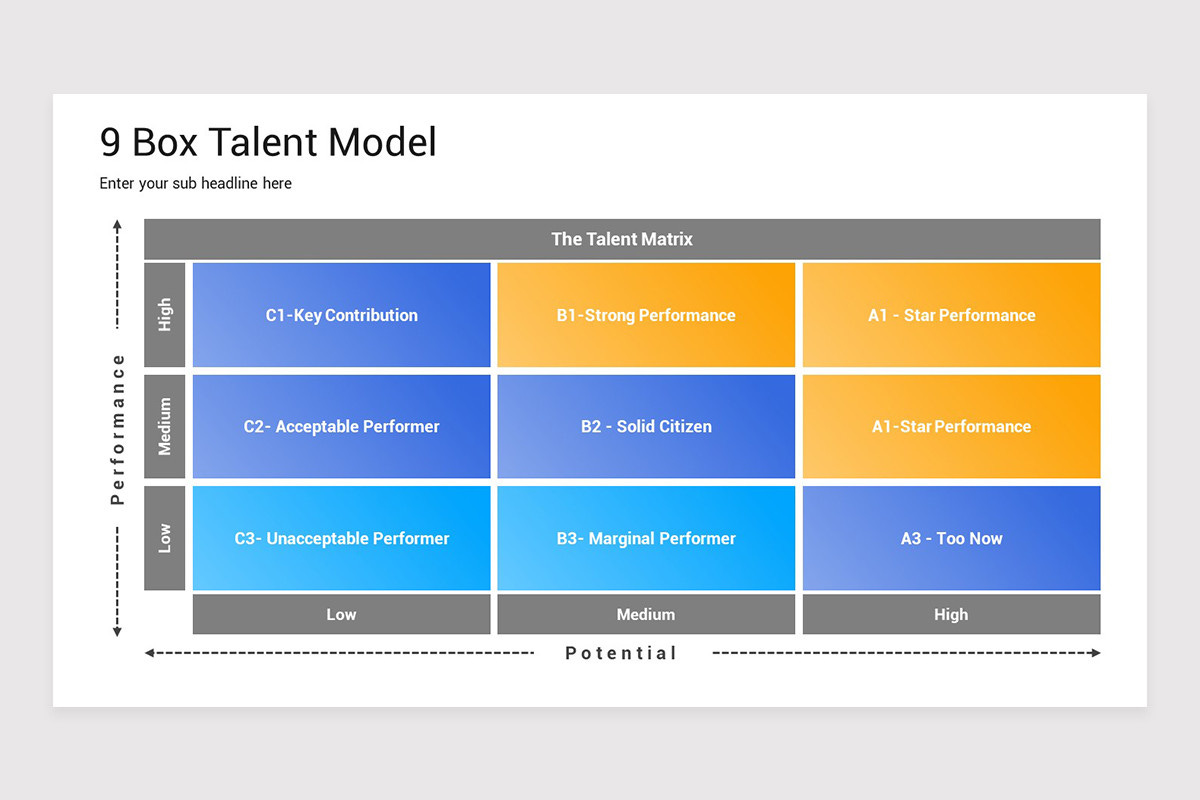
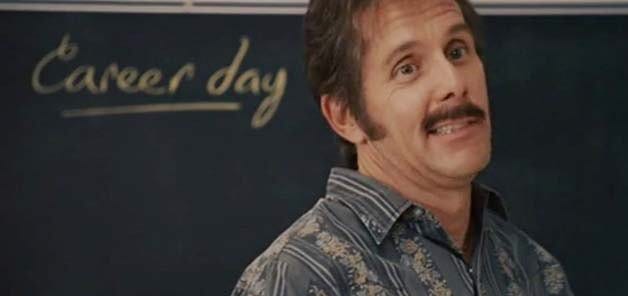
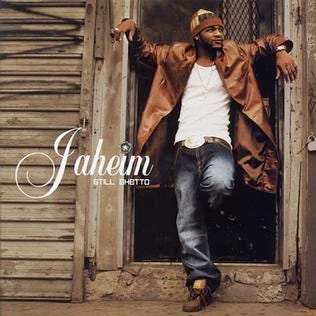
So awesome. Good to see you here :)